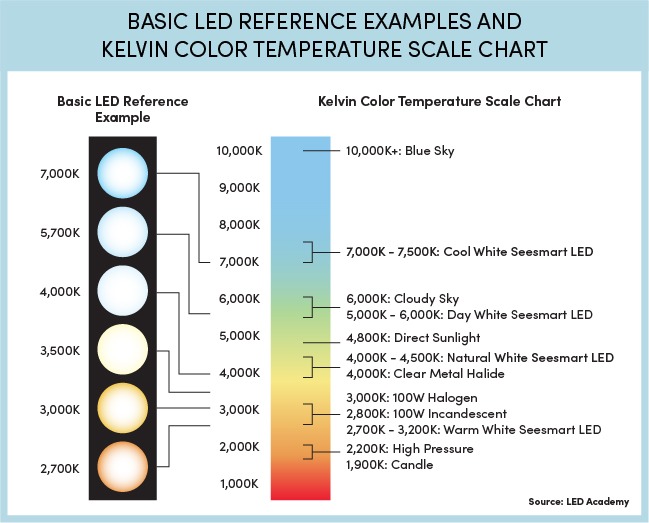LED Headlamp Safety: The Hazards of Blue Light
Is blue light bad for your eyes? With the sun being the principal source of blue light, its effects can’t all be bad, right? There are some proven health benefits to blue light exposure, such as boosted alertness, mood and brain function, but the digital age has brought exposure concerns to the forefront with our excessive use of blue-light-emitting sources.
The majority of us spend a substantial part of our days in front smartphones, computer monitors, laptops, TVs and tablets, all of which use blue-light-emitting screens. For dental professionals, additional sources of blue light exposure include curing lights and LED headlamps. Before we address potential hazards of blue light, however, let’s first delve into what blue light is.
Dental lights from SurgiTel offer magnification and illumination without the hazards of blue light exposure. View our selection of dental LED headlamps.
What is blue light?
Electromagnetic light energy travels in waves everywhere around us, spanning from long radio waves to short gamma rays. Different sources of energy use different types—and therefore, different lengths—of waves, e.g., a smartphone detects different portions of the wave spectrum than a microwave.
Within this predominantly invisible spectrum of electromagnetic waves is a small portion of light perceivable to the human eye called visible light, which presents in a spectrum of colors and wavelengths (Figure 1).
Fig. 1

Shorter waves transmit more energy, meaning violet, indigo and blue light waves transmit the most energy of all colors of the visible light spectrum, and can therefore cause the most damage when absorbed by various cells in the body.
When dental professionals use a curing light, they wear an orange filter to protect their eyes from blue light. Curing lights use the same blue light present in most LED headlamps sold today, and many potentially produce more blue light than a dental curing light! Thus, the potential risk of blue light exposure should be a principal factor in choosing your dental headlight.
This recent article in the Journal of Dentistry evaluated six LED headlamps to assess their blue light emissions. See SurgiTel’s assessment in ErgoPractice News.
What are the ocular hazards of blue light?
Blue light exposure can have both short- and long-term effects on health and well-being, such as disruption of sleep, eyestrain (which can also present as headaches, blurred vision, and neck and shoulder pain) dry eyes and fatigue. On the other end of the spectrum are more troubling effects such as retina damage in the form of phototoxicity, apoptosis (cell death), age-related macular degeneration (AMD) and a heightened risk of certain cancers.
Does the LED color temperature impact blue light exposure?
The color temperature of an LED headlamp can help you determine its potential for blue light exposure. LED lighting with lower color temperatures emit less blue light than those with higher color temperatures. For example, LEDs with the color temperatures of 2700K or 3000K have less blue light than those of 4000k or higher. LED headlamps with higher color temperatures can have a bluer, more intense light that is unsafe for your eyes (Figure 2).
Fig. 2

The color temperature of SurgiTel dental loupes lights start at 3,000 Kelvin(K), while other brands range from 5,400K to 10,000K.
Which LED headlamp should I use to reduce my risk of blue light exposure?
SurgiTel has been able to help dentists and dental hygienists all over the world reduce their occupational risks with eye-safe dental lights. We can help you have a long and healthy career by assessing your risk of blue light exposure and ensure you’re practicing with optimized ergonomics. Request a free on-site evaluation with SurgiTel today!


